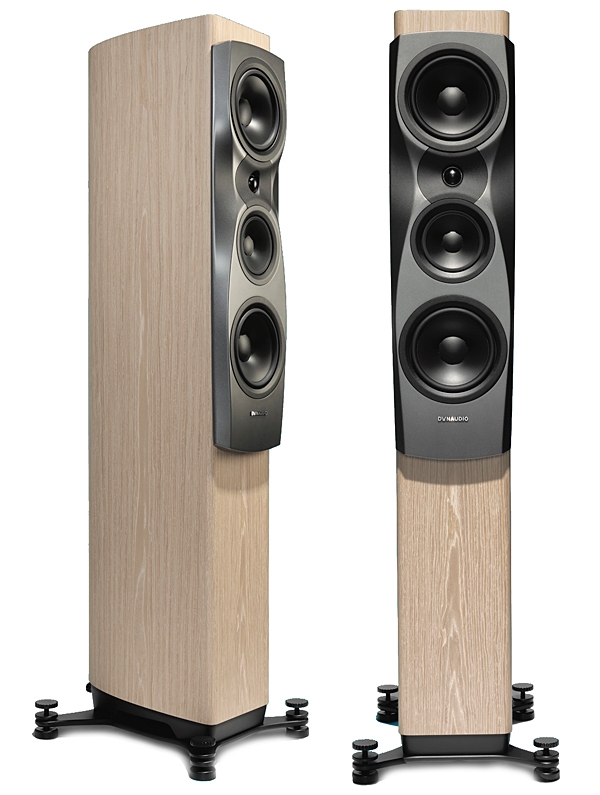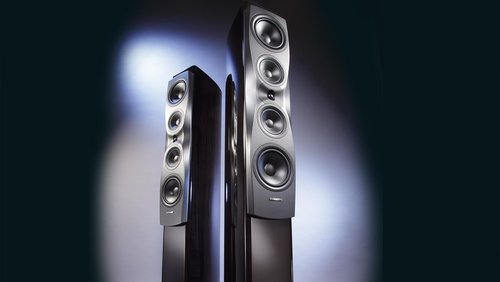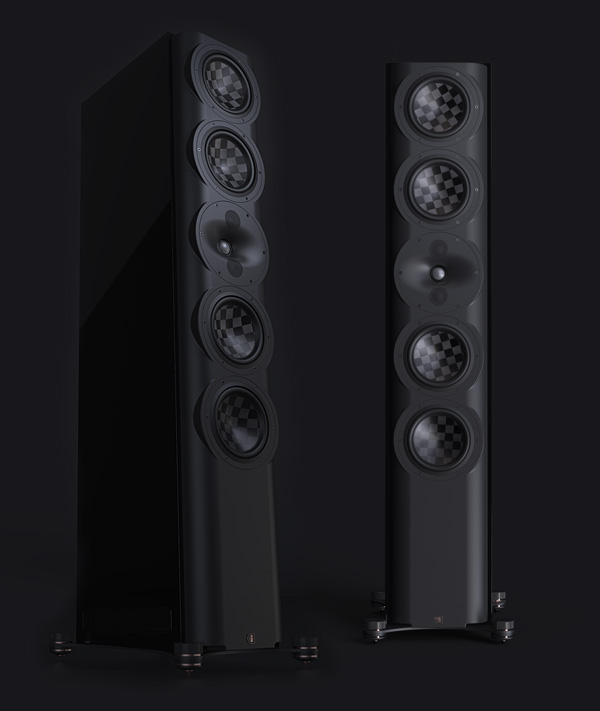So I need clarification or just additional insights here (for the stereo listener). In home theater you have discrete overhead speakers that would not take kindly to bed level speaker cancellations/interference from the ceiling bounce, but for 2 channel stereo listening, do ceiling bounces offer a vertical soundstage in the same way that first reflections provide a wider horizontal soundstage (which is what Dr. Toole prefers)?
Vertical reflections have some effect on imaging (not "soundstage"), in terms of broadening it. The main effect is on timbre, particularly if there is some difference in the spectral content of the reflection.
These effects are less pronounced because there is no vertical stereophony in terms of time and intensity. It's mostly based on spectrum, from cancellations caused by the position of the head, shoulders and torso (and knees, etc., if you're sitting). And then localization accuracy is mostly achieved by head movement.
It's a somewhat nebulous area, though, in terms of what's good and what's bad. That's probably because the recent research is not specifically about loudspeaker design.
Here's a recent thesis with two preference based experiments on the topic:
https://core.ac.uk/download/pdf/74211806.pdf @youngho
Another good researcher here is Hyunkook Lee, but his work is behind a paywall.
Edit: With two channel audio, given the precedence effect, everything will be a modification of the direct sound. I've never experienced constant narrow vertical directivity; rather the kind of mess that's to be expected with conventional designs. Maybe the closest would be horns, but the examples I've heard do not have well controlled directivity. All in all I hate hearing variation with head movement.
Perhaps the case here, with Perlisten speakers, is that that variation is not objectionable. It could be compared to deliberate floor and ceiling absorption with nothing on the walls, which I've never done. Getting more direct sound is very perceptable, though, and could be the main reason, along with nice on and off axis response, that these sound so good.



